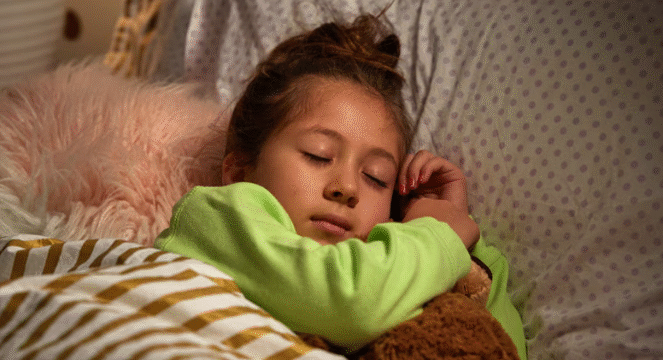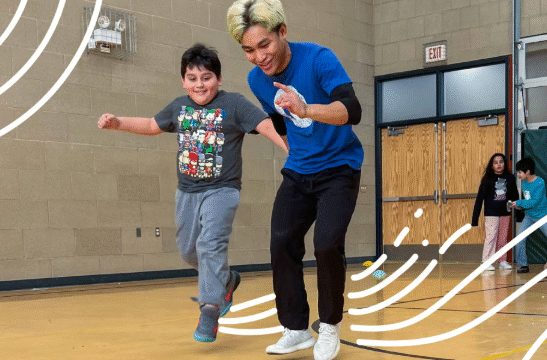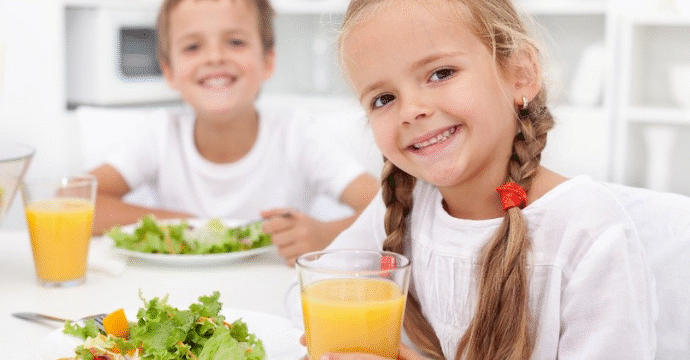Packing lunch for children can be more than just a daily task; it can become an opportunity for creativity and healthy eating. Children respond well to meals that are visually appealing, interactive, and balanced, making lunchtime an enjoyable part of their day. With a little imagination and preparation, parents can create lunchboxes that are both fun and nutritious without spending hours in the kitchen.
One simple way to make lunch appealing is through color. Bright, varied colors naturally attract children’s attention. Fresh fruits like strawberries, blueberries, grapes, and orange slices bring natural vibrancy to a lunchbox. Vegetables such as cherry tomatoes, cucumber slices, and carrot sticks can add playful shades. A colorful combination of fruits and vegetables not only makes the meal look inviting but also encourages children to explore different flavors.
Shapes can make lunch even more exciting. Sandwiches cut into stars, hearts, or animal shapes using cookie cutters can transform an ordinary lunch into something playful. Cheese slices, melon chunks, and cucumber slices can also be shaped into fun forms, giving children a sense of wonder when they open their lunchbox. These small adjustments can make eating more enjoyable and encourage them to try new foods.
Adding an element of surprise is another way to create interest. Packing small portions of familiar snacks alongside new foods allows children to try something different in a comfortable way. For example, pairing a well-loved apple slice with a few pieces of kiwi can introduce new tastes without feeling intimidating. Over time, children may become more willing to explore unfamiliar foods when surprises are presented thoughtfully.
Themed lunchboxes can turn meals into little adventures. A picnic theme might include mini sandwiches, fruit skewers, and a small container of yogurt. Breakfast-for-lunch can feature mini pancakes, scrambled eggs, and fresh berries. A garden theme with vegetables, dip, and a wrap filled with leafy greens can also be exciting. Themes introduce storytelling to mealtime, making eating an imaginative experience.
Interactive lunches encourage children to engage with their food. Build-your-own wraps, for instance, allow children to assemble a tortilla with shredded chicken, lettuce, and a small container of sauce or dressing. Snack boxes with crackers, cheese cubes, and turkey slices let children make mini sandwiches. Involving children in the assembly process makes mealtime more enjoyable and gives them a sense of ownership over their food.
Texture adds another layer of interest. Including something crunchy, soft, and smooth keeps meals dynamic. Crunchy carrot sticks with creamy dip or a chewy granola bar paired with fruit creates variety. Offering different textures ensures that children remain engaged with their food and reduces mealtime monotony.
Presentation matters as well. Reusable containers with compartments can separate different foods neatly, preventing items from mixing in ways that might be unappealing. Bright containers or silicone cups add visual interest and keep snacks organized. A well-presented lunch shows care, which can make children feel valued.
Balancing nutrition with fun is essential. Lunch should provide lasting energy for school activities. Protein sources such as lean meats, cheese, eggs, or beans support growth and focus. Whole grains like bread, crackers, or pasta offer energy, while fruits and vegetables supply essential vitamins and minerals. Including a small treat like a homemade muffin or piece of dark chocolate can round out the meal without overpowering the healthy choices.
Preparation ahead of time can make mornings easier. Cutting fruit the night before, portioning snacks, and preparing sandwich fillings in advance saves time and ensures the lunchbox comes together quickly. Involving children in the process can also be rewarding. Kids can choose which fruits to include or which shapes to cut sandwiches into, giving them a sense of agency.
Small personal touches add extra joy. A cheerful note, drawing, or simple riddle tucked into the lunchbox can make a child feel loved and thought of. These surprises transform lunch from a routine task into a meaningful moment of connection.
Fun packing ideas can evolve with a child’s tastes and age. Younger children may enjoy playful shapes and bright colors, while older children might prefer more variety and independence in a bento-style format. Paying attention to what excites them ensures that lunch remains enjoyable and prevents repetition.
Over time, creating fun and engaging lunchboxes can also encourage positive eating habits. When children associate healthy foods with enjoyment and creativity, they are more likely to make balanced choices on their own. A lunchbox that excites them not only nourishes their body but also supports a healthy relationship with food.
Ultimately, the goal is to make lunchtime a moment of delight and anticipation. Incorporating color, shape, themes, textures, and interactive elements transforms a simple meal into a small adventure. Fun packing ideas not only promote healthy eating but also create lasting memories around mealtime. Lunchboxes become more than containers of food; they become small expressions of care, creativity, and joy, making the school day brighter for every child.






